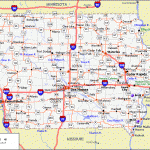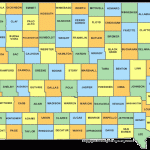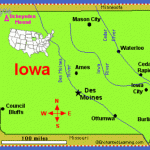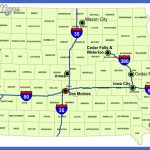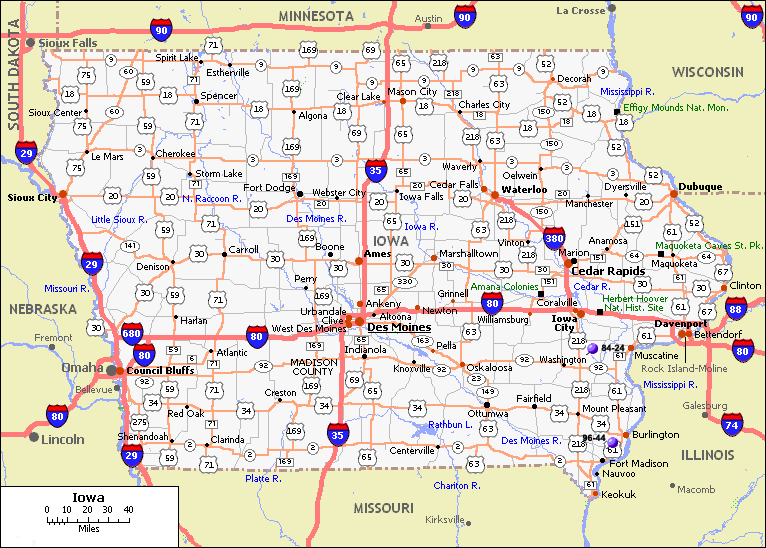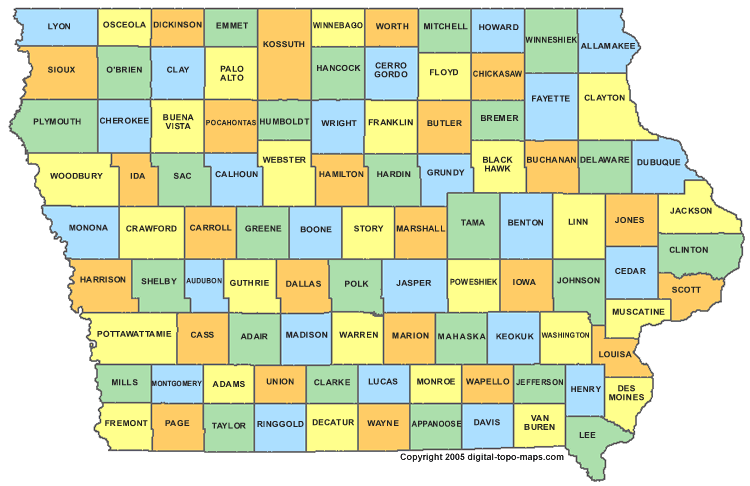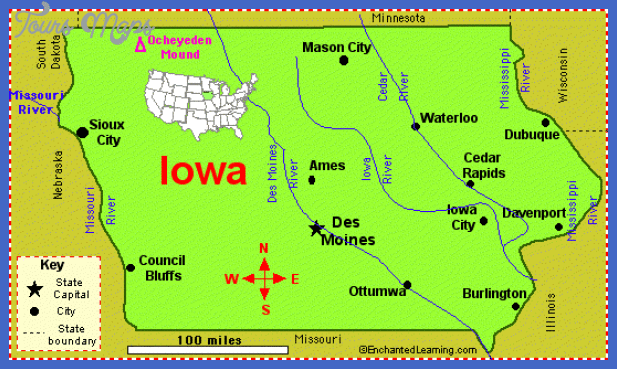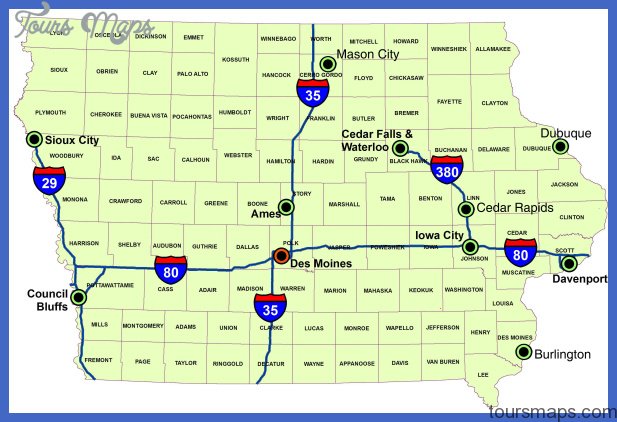Mexican Nationals and Latinos: 1940s-1950s
The Latino experience in Iowa during 1940s included demographic growth, community building, and strong support for the Allied war effort when the United
States entered World War II in 1941. By the end of 1945 over 500,000 Latinos had served in the armed forces, many with distinction. In the 1940s close to 3,000 Latinos were residing in Iowa. Like other U.S. citizens, Latinos in Iowa volunteered and were drafted into the war. Others never returned, giving their life for liberty, democracy, and freedom. One such individual was Private John M. Piloto who entered the Army on March 3, 1942, being killed in action in Germany on February 10, 1945. Private Piloto was born in Fort Madison on March 21, 1923, and he spent his entire short life in Iowa.
Overall, Latinos are considered by many to have received the highest number of medals for valor of any ethnic group during World War II. According to one source Lando Valadez, from Des Moines, received one of the few Silver Stars awarded to Iowans. Latinas in Iowa played a vital role on the home front. Ila Plasencia had two brothers serving in World War II, and both were killed in action. One brother survived the Bataan Death March of 1942 in the Philippines, only to die as a prisoner of war. Ila, as a high school student, organized an all-Latina organization called the Twelve Stars, which performed community work. During World War II members of Twelve Stars wrote letters and sent care packages to servicemen. One of the other great contributions Latinos and Latinas made during the 1940s was their labor for the war effort.
In a twist of historical irony, as soon as the United States had deported nearly 500,000 Mexicans in the 1930s, almost an identical number was imported in the 1940s under a bilateral agreement. Historically, Latino labor has been viewed as tractable, expendable, and a necessary condition throughout the twentieth century. The movement of Latinos into Iowa during the 1940s is attributed to the global conflict that erupted in Europe and Pacific theatres of war that enveloped the United States in 1941. In short, because of a massive mobilization for the war effort, the United States found itself with a shortage of laborers in key areas, such as in agriculture and the railroad industries. One of the solutions for this dilemma was the development and implementation of the Emergency Farm Labor program in 1942 that advocated the use of multiple forms of labor to include children, prisoners, women, the elderly, as well as the importation of foreign labor. Overall, what became known as the Bracero program has been well documented for places such as California, Texas, Washington, Idaho, and Oregon, but no studies exist examining the use of Mexican nationals in Iowa.
By 1940 farmworkers in Iowa had declined by 10 percent, and seasonal workers by 35 percent. Iowa produced 10 percent of the nation’s food in 1940. Iowa, synonymous with farming, has a proud heritage and history of farm operators with their families not only managing the farm, but also being its principal laborers. World War II changed this historical trajectory. From 1943 to 1947 Iowa growers utilized numerous forms of labor, including the importation of Mexican nationals and the recruitment of Mexican Americans primarily from Texas. During that period 6,395 Mexican nationals were imported into Iowa, and 1,670 Mexican Americans were recruited. These Latino workers were used in harvesting peas, nursery stock, and grain; cutting asparagus; and detasseling corn.
The typical use and reaction to Mexican labor during this period is probably best exemplified by the following observations reported by the Star Clipper of Traer, Iowa, in 1943. Approximately 100 Mexican Americans born in Texas and Montana were recruited to work in Iowa. This group was brought into Iowa by the Pioneer Company to detassel corn in the town of Reinbeck. According to the article these Mexicans were to be segregated from the local workers, but the article does not state why.
Furthermore, the Ladies Aid Society of the Methodist Church of Reinbeck took on the task of feeding the Mexicans three meals a day. By 1947 the importation of Mexican nationals was reduced, but the continued recruitment of Latinos was maintained. In fact, Iowa reported that for the 1947 Emergency Farm Labor program, Latin Americans comprised 2.1 percent of the overall workforce. For Iowa, the Bracero program came to an end in 1947, but nationally it continued until December 31, 1964. For the remainder of the twentieth century a steady stream of Latinos entered Iowa, and as the population grew, it became more visible and active within the state.
Overall, the permanent Latino population in Iowa during the 1950s was relatively small, probably not numbering over 4,000. However, several things hampered an accurate count. First, individuals of Latino background did not have a designator, and were put into the white other category. In the 1950s Iowa recorded 80 people under other race. Also, during this time the majority of Latinos were counted under the white category because the nomenclature Hispanic was not available.
By the end of the 1940s and the beginning of the 1950s Latinos had been present in areas such as Fort Madison for almost 50 years. The Latino population was not evenly dispersed throughout the state, but it remained concentrated in regions where work was readily available for example, in Fort Madison, Muscatine, Des Moines, Sioux City, Bettendorf, Davenport, and Mason City. A variety of indicators emerged in regards to the community formation that had taken place. As Latinos became established in their communities, organizations began to emerge that were initially social clubs. For instance, a Latin American organization was formed in Fort Madison that began as a culture conduit to the overall community. In fact, the Latin America Club of Fort Madison, founded in 1949, stressed the following points as an organization: religion, understanding, unity, and recreation. This organization eventually became the League of United Latin American Citizens (LULAC) #304. Similar organizations emerged in other communities throughout the state.
As the 1950s emerged, the United States found itself involved in the Korean War, which instigated another wave of Latinos to Iowa. Like World War II, the Korean War created the need for additional labor. Latinos heeded the call for help in Iowa and came seeking employment. One historian indicates that Iowans had a difficult time focusing on the war because farm issues ranging from persistent droughts to debates over farm taxes and the introduction of margarine into the U.S. markets were prevalent during the 1950s.
Of course this was a major concern for Iowan farmers who marketed butter. For the Latino generation returning from World War II and the Korean Conflict, Iowa became the place where change was needed. The relatively small Latino population organized itself in a variety ways during the 1950s to not only take its place in society but also to demand the same rights that many had fought and died for in the European and Pacific theatres of war. LULAC organizations sprang up in Davenport, Des Moines, Fort Madison, and Mason City, among other places. LULAC was a quasi-civil rights organization with its origins in the late 1920s. A chapter of the American G.I. Forum was established in Bettendorf. The American G.I. Forum was created in 1948 in Texas after servicemen of Latino origin were denied their veteran’s benefits. However, the G.I. Forum also demanded and fought for the basic rights of Latinos in the U.S. In general, the 1950s were a difficult period for many Latinos, especially for those who attempted to organize or were involved with unions.
The communist scare of this era affected many Latino organizations by either driving them underground (which was due to government harassment) or in many cases by shutting them down, based on accusation of communism. The 1950s saw a new round of Mexican deportations under the military operational named Operation Wetback. During this three-year campaign approximately 1.2 million Mexicans were returned to Mexico.
Iowa’s Mexican American generation paved the way for the next generation of Latinos. Furthermore, the late 1960s and early 1970s witnessed an increasing number of Latinos in Iowa that grew internally, but substantial growth came from migration, which created a more diverse Latino diaspora in regards to their place of origin.
Map of Iowa Photo Gallery
Maybe You Like Them Too
- Explore Pulau Sebang Malaysia with this Detailed Map
- Explore Southgate, Michigan with this detailed map
- Explore Les Accates, France with this Detailed Map
- Explore Góra Kalwaria, Poland with this detailed map
- Explore Gumdag, Turkmenistan with this detailed map

